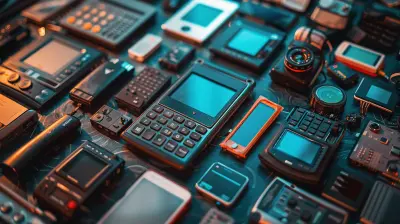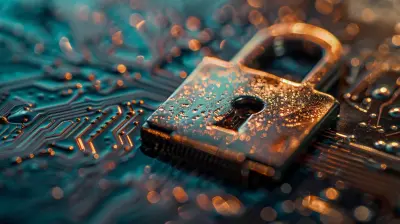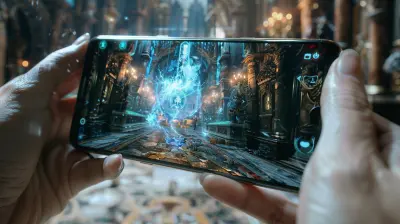The Role of Green Technology in Reducing E-Waste
16 October 2025
Let’s face it—our obsession with the newest, shiniest gadget is leaving a massive trail of electronic junk behind. You’ve probably got at least one drawer full of old phones, dead chargers, and dusty cables that haven't seen the light of day in years. Sound familiar?
Yeah, it’s more common than you’d think. The thing is, e-waste (short for electronic waste) is piling up fast. And while recycling is one way to deal with it, there's another hero in the fight: green technology.
So, what exactly is green tech, and how is it swooping in to save the planet from drowning in electronics? Let’s break it down.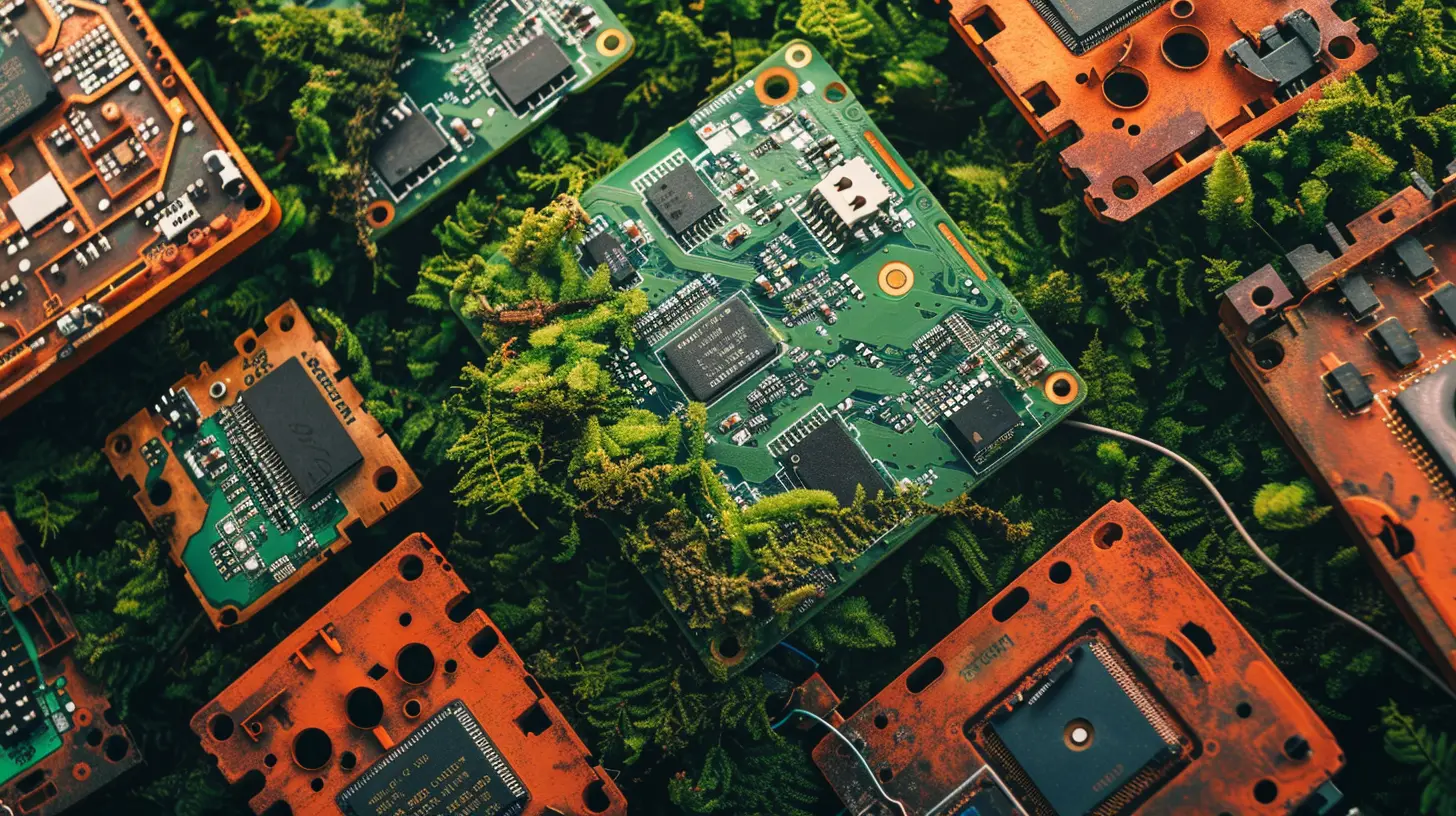
What Exactly Is E-Waste?
Before we dive into solutions, we’ve got to understand the problem.E-waste refers to any discarded electronic or electrical device. Think smartphones, laptops, TVs, printers, and even kitchen appliances. Basically, if it plugs in or runs on a battery, it counts.
Now here's the kicker: according to the Global E-Waste Monitor, the world generated over 53.6 million metric tons of e-waste in 2019—and it's expected to reach 74 million tons by 2030. That's like stacking up 350 cruise ships full of tech trash. Yikes.
Most of this e-waste ends up in landfills or gets shipped off to developing countries, where it's often dismantled in hazardous, unregulated conditions. Toxic chemicals like lead, mercury, and cadmium seep into the earth—poisoning people and the planet.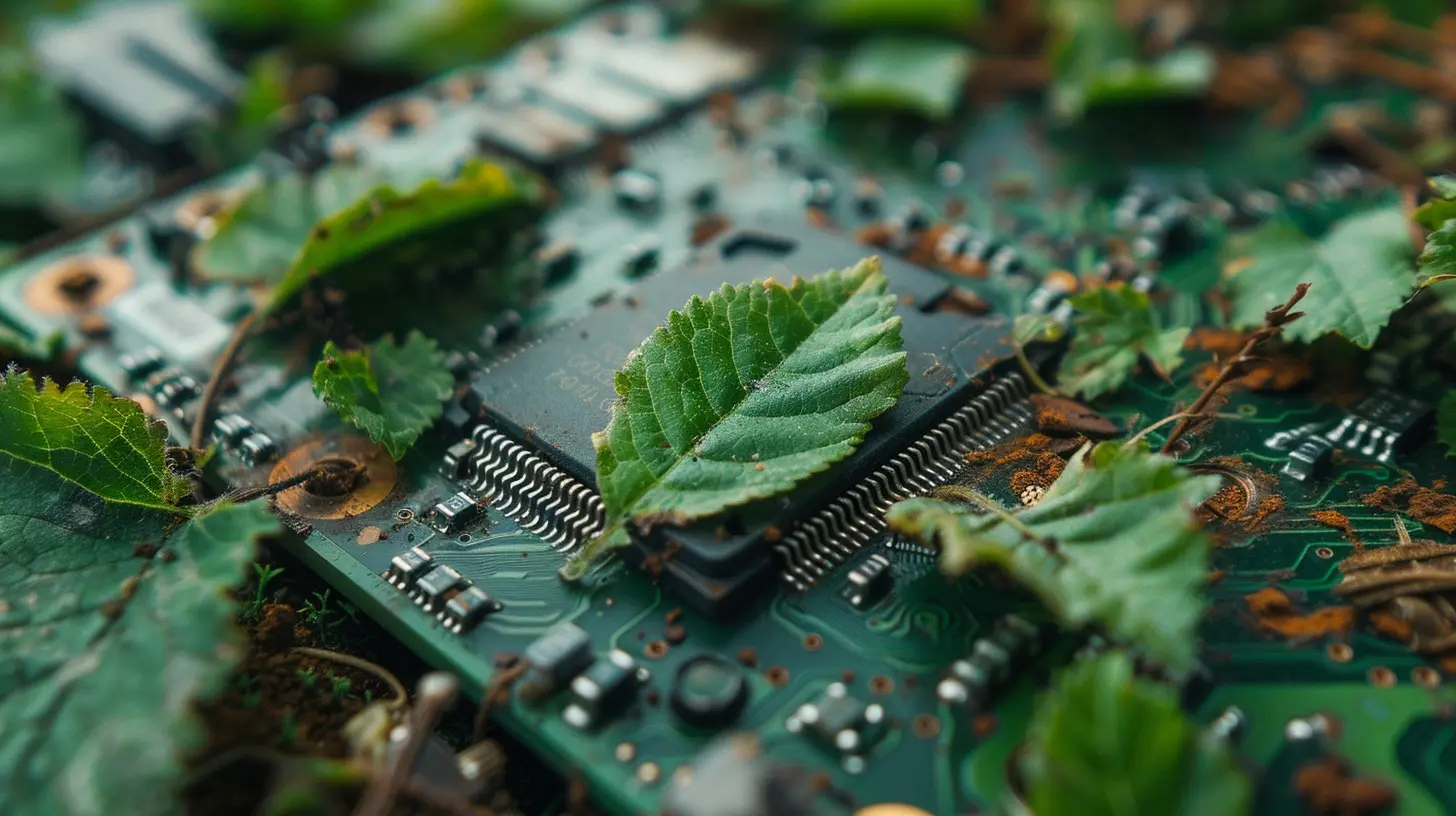
What Is Green Technology?
Green technology isn’t just some sci-fi jargon. It’s a movement.Essentially, green tech (a.k.a. clean tech or eco-friendly tech) focuses on creating products and processes that reduce environmental harm. It aims to be energy-efficient, sustainable, recyclable, or even biodegradable.
When it comes to electronics, green technology is all about reducing the environmental impact across the whole lifecycle of a device—from production and use, all the way to disposal.
And guess what? It’s making serious waves in the battle against e-waste.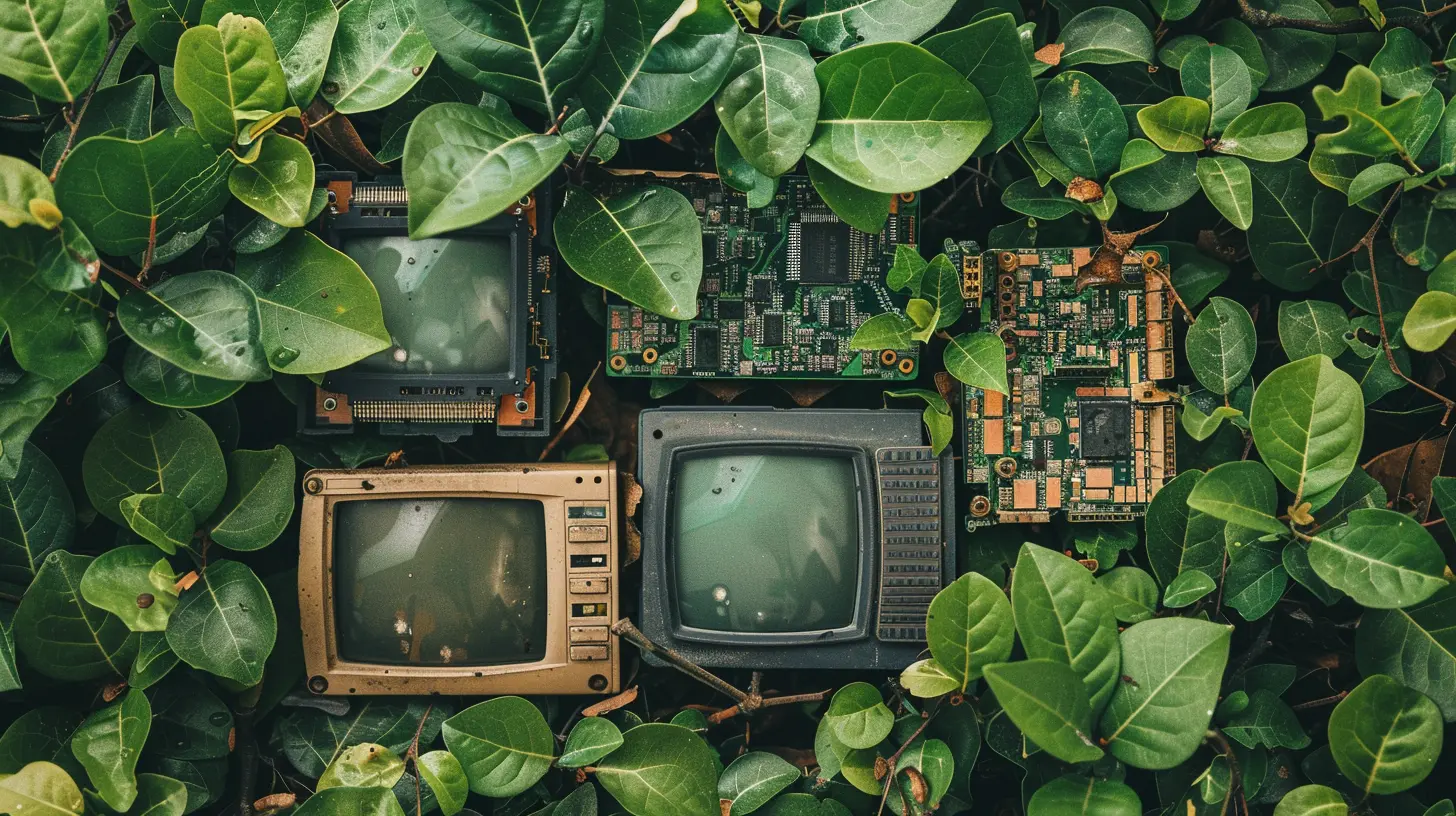
How Green Technology Is Tackling E-Waste
All right, let’s get into the juicy part. Here’s how green tech is stepping in like a digital superhero to reduce the mountain of e-junk.1. 🌱 Building Durable and Upgradable Devices
You know how your phone starts acting up just when the new model drops? That’s not a coincidence. Many gadgets are designed with a short shelf life (planned obsolescence), so you’ll replace them quicker than you can say “low battery.”Green tech challenges that. Companies are now designing devices that:
- Last longer
- Are easier to repair
- Can be upgraded without tossing the whole thing
Take the Fairphone, for example. It’s modular. Drop your camera? Just replace the camera. Battery not holding charge? Swap it out. No need to junk the whole phone.
That’s a massive win for folks tired of the constant upgrade cycle and for the environment.
2. 🔧 Promoting Repair Over Replacement
Raise your hand if you've ever ditched a gadget because it was cheaper to replace than to fix. 🙋♂️Green technology embraces the "right to repair" movement. This means more devices are being built with standard parts, better documentation, and fewer barriers to repair.
Some companies now provide repair kits, online guides, and even partner with local repair shops. Apple, for instance, recently started selling parts and tools for home repairs.
The more we fix, the less we toss. It’s that simple.
3. ♻️ Using Recyclable and Biodegradable Materials
You wouldn’t believe how many electronics are made with materials that are nearly impossible to separate and recycle. Green tech is changing that.Designers are now turning to:
- Recyclable metals like aluminum and copper
- Plant-based plastics
- Biodegradable circuit boards (yep, that’s a thing)
Not only are these materials kinder to the planet, but they also make it easier to recover valuable elements like gold and rare earth metals—without the toxic mess.
4. 🌍 Creating Circular Lifecycles
Green tech plays a huge role in developing a circular economy. That’s just a fancy way of saying: instead of tossing things out, we find ways to reuse and re-manufacture them.Think of it like those infinite loop gifs—you use a product, return it, the company refurbishes it, and someone else gets to enjoy it. Lather, rinse, repeat.
Some companies now offer trade-in programs, take-back schemes, and subscription models that reduce demand for new devices. It’s like renting tech instead of owning it for life.
5. 🔋 Innovating Energy-Efficient Electronics
Power-hungry electronics aren’t just bad for your electricity bill—they also contribute to environmental damage during the energy production process.Green tech is pushing energy-efficient components and software that:
- Use less power when idle
- Automatically adjust energy usage
- Rely on renewable energy sources where possible
Less energy use means fewer carbon emissions—and more time before that battery bites the dust.
6. 🌐 Cloud and Virtualization Tech
Let’s not forget the behind-the-scenes heroes: the cloud and virtualization.Thanks to green data centers and cloud computing, we don’t need as many physical devices. Think about it—why own five different gadgets when your smartphone can do 90% of it?
Green servers use less electricity, optimized cooling systems, and AI-powered load balancing to minimize environmental impact.
So yeah, even “invisible” tech plays a part in reducing e-waste.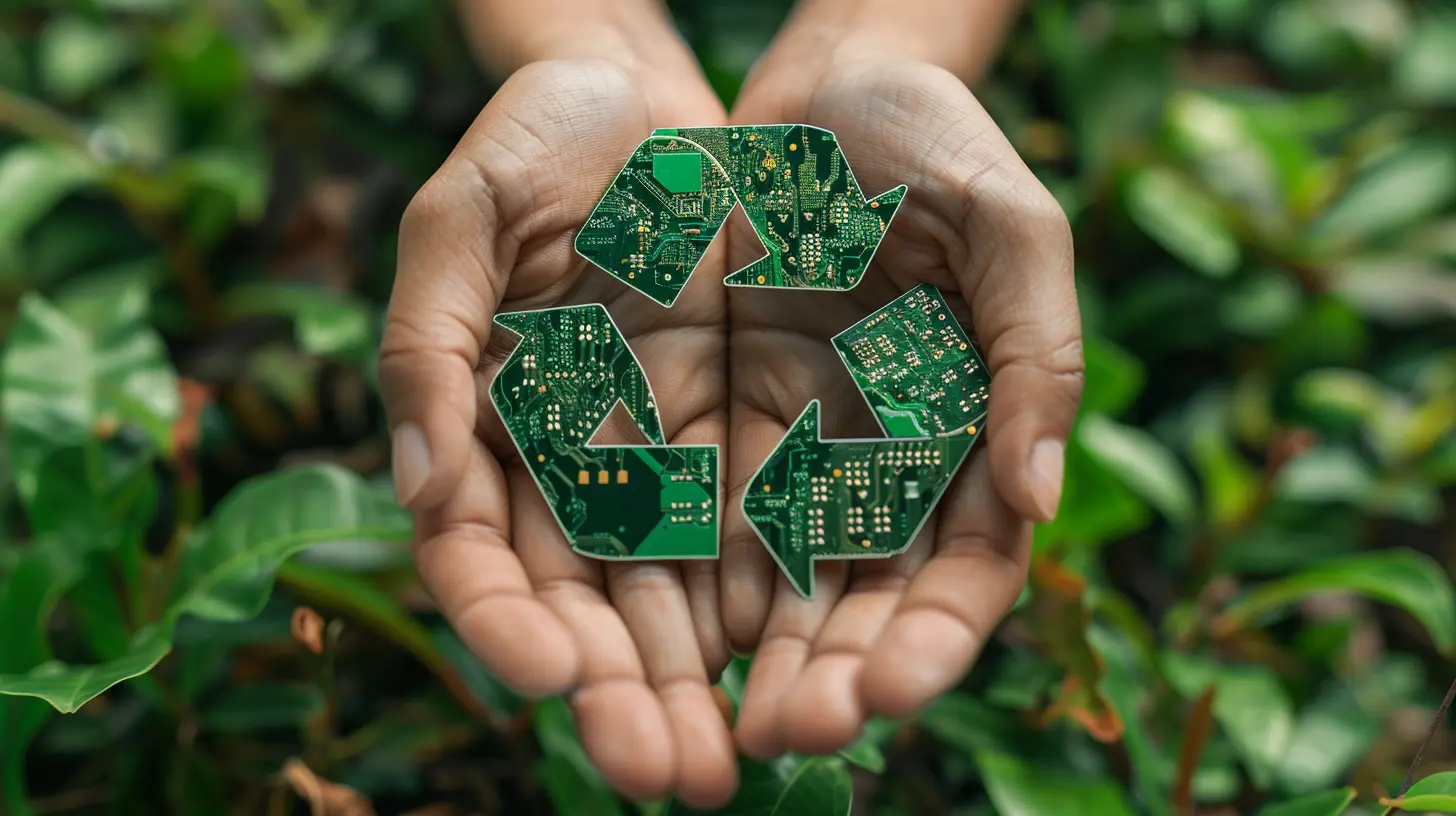
The Brands Leading the Charge in Green Tech
Not all heroes wear capes—some wear lab coats or run startups. Here are a few companies making real moves to reduce e-waste:- Fairphone – Modular, repairable phones with ethically sourced materials
- Framework Laptop – Repairable and customizable laptops
- Dell – Offers a global recycling program and uses recycled plastic in products
- Apple – Expanding self-repair programs and using recycled aluminum
- HP – Designs products with a focus on recyclability and longevity
And every time you choose one of these brands over a disposable option, you’re casting a vote for a cleaner planet.
Challenges Green Tech Still Faces
Let’s not sugarcoat it—green tech has its hurdles.- Cost: Eco-friendly materials and repairable designs can be more expensive upfront.
- Consumer behavior: Many folks still crave the newest thing, even if the old one works fine.
- Industry resistance: Some companies don’t want to give up planned obsolescence. More sales = more profit, right?
But hey, change is hard. And the more we push for sustainable options, the more the industry will adapt.
What You Can Do (Yep, You!)
You don’t need an engineering degree or a startup to make a difference. Small choices matter. Here’s how you can help reduce e-waste today:- Hang on to your devices longer—don’t upgrade just for the hype
- Support brands with eco-friendly policies
- Repair when you can
- Recycle electronics responsibly (no, not in the trash bin)
- Donate working devices to people or organizations in need
Remember, you vote with your wallet every time you buy (or don’t buy) something.
The Bigger Picture
Green technology is more than just a buzzword. It’s part of a larger movement toward sustainable living—and in the fight against e-waste, it’s becoming a game-changer.When we rethink how we design, use, and dispose of electronics, we not only protect the planet—we also create a future where innovation and sustainability go hand in hand.
So the next time you’re tempted to toss out your old phone or swap your laptop for the latest model, pause for a second. Ask yourself: is there a greener option?
Chances are, there is. And that choice? It matters.
all images in this post were generated using AI tools
Category:
Green TechnologyAuthor:

Pierre McCord
Discussion
rate this article
1 comments
Peyton Harmon
This article effectively highlights the critical role of green technology in mitigating e-waste. Emphasizing innovative solutions and sustainable practices can significantly impact environmental preservation and enhance responsible consumer behavior. Great insights!
October 19, 2025 at 4:34 PM

Pierre McCord
Thank you for your thoughtful feedback! I’m glad you found the insights on green technology and sustainable practices impactful in addressing e-waste.
